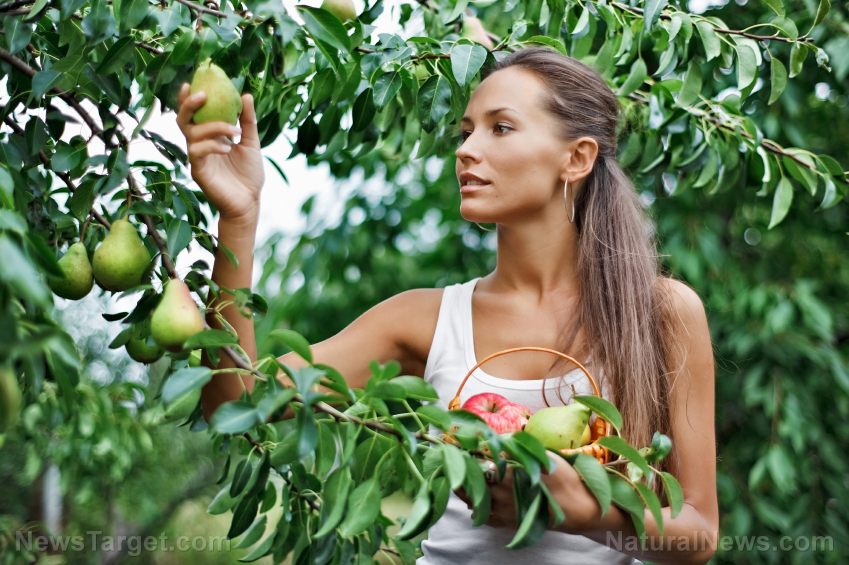
Choosing the location
Different plants grow in different areas with different conditions. One of the main components of successful growing of produce is the soil. Bad soil stresses plants, and stressed plants will only be more vulnerable to disease and pests.
Some areas have rocky soil, some may be too dry or too sandy, or you may encounter a soil pH problem. For growing fruit trees, watch out for heavy clay soil in your area. Clay prevents roots from spreading out, which will limit your tree's nutrition and proper growth. Clay also poorly absorbs water, and causes it to run off, which may drown your plant.
To remedy this, plant on the upper parts of slopes and on ridges to help with draining the excess water. In addition, plant your tree where it can receive as much sun as it requires. If you have a tree that cannot self-pollinate, you can place it near multiple pollinator partners.
Choosing the plant
Toughness and disease resistance must be your priority in choosing what tree to grow, since you will be planting in less desirable conditions.
Most plants and trees prefer fertile, well-drained soil, but there are varieties that can tolerate arid areas. If your area has less-than-ideal conditions for planting, choose the more hardy ones to plant. Pay attention to the trees already growing well in other areas with similar conditions to determine which ones will grow in your area.
One good disease-resistant tree is the Methley plum, which bears clusters of sweet, purple-red plums. Methley plum trees are resistant to fungal diseases like rust and are heat-resistant. It is also a great pollinator for other plum varieties like the Japanese plum tree.
In prepping, it is important to put trees near multiple pollination partners to ensure a successful pollination.
Planting in clay soil
If you are unsure about planting trees from scratch, you can purchase trees from your local big box store. To transfer your tree sapling to its permanent home, start by digging a hole in the clay soil – go deeper (by 1 to 2 feet) and wider (twice as wide) than the usual recommendations. This way, the amended soil will provide an easier outgrowth for the roots than the clay soil alone. The deeper hole will also give more space for excess water to avoid drowning your plant.
Leave uneven shovel cuts around the sides of the hole as paths for roots to spread through. Do not put any dirt back in the hole until it's well broken up. Big hunks of dirt will create air pockets, which are not good for spreading roots.
Your tree sapling came in a box or pot, which means it already has some suitable soil with it. Now you need to improve the quality of the soil in the hole you dug. It is recommended to give a tree a minimum of one full bag of composted manure during planting. Add some organic fibrous material like shredded paper to further lighten the clay – just make sure that the paper used non-toxic inks.
Start filling the hole with ground water (about 8 inches) then add some fibrous organic material, composted manure and some of the well-separated dirt dug out of the hole.
In putting in the tree sapling, make sure the original surface level of its pot is about 6 inches lower than the new ground level, to help support the tree. After putting in the root ball, fill in the rest of the hole with layer after layer of organic fibrous material, compost manure, dirt, and some water.
Instead of tamping down the soil to get rid of air pockets, it is advisable to just use some water to help the soil settle and fill any remaining space.
Other fruit trees that grow well in clay soil
Clay soil may not be ideal for growing most trees, but there are varieties that can thrive in this type of soil. Stone fruits such as plums and apricots grow well in this environment, as well as citrus fruits and figs.
Find more tips on growing your own food at HomeGardeningNews.com.
Sources include:
BeansBulletsBandagesAndYou.com
Please contact us for more information.























